
Your Brain May Not Be the Only Place Storing Memories, Scientists Say

For as long as humans have been fascinated by themselves, memory has been treated as one of the brain’s most precious and mysterious assets. We’ve envisioned neurons firing silently in the background, acting like tiny electric scribes, documenting the stories of our lives. But groundbreaking new research from New York University (NYU) is rewriting that story in a radical way.
What if memory isn’t confined to the brain at all? What if every cell in our body—heart, kidney, skin, even our immune cells—holds the ability to “remember” in its own way?
It sounds like science fiction, but it's rapidly becoming science fact. Researchers have shown that even non-neural cells—those outside the brain and spinal cord—can recognize repeated patterns, respond to them, and retain those responses for days. In other words, the ability to learn from experience might not be a unique privilege of the brain. It could be a fundamental feature of all living cells.
If that's the case, it could radically change how we understand learning, behavior, health, and disease.
The Traditional View: Memory Lives in the Brain
For decades, neuroscience maintained a clear boundary: the brain is the headquarters of memory, learning, and consciousness. Everything else—the organs, muscles, glands—was thought to perform strictly mechanical roles: filtering blood, regulating hormones, repairing tissue, and so on.
That line is now blurring.
“Learning and memory are usually associated with the brain alone,” says NYU neuroscientist Nikolay Kukushkin, lead author of the study. “But our work shows that other cells in the body can learn and form memories, too.”
This is a profound shift. It suggests that cognition may not be as centralized as we once thought. Memory, long believed to be stored in the brain’s neural networks, might actually be distributed throughout the body, embedded in the very machinery of life.
Why Your All-Nighter Didn’t Work—and What Science Says Instead
Before diving into the details of the study, let’s reflect on something almost everyone has experienced: studying for a big test.
At some point, you’ve likely attempted a marathon cram session—stuffing as much information into your brain as possible the night before. And, sure, you might have passed the test. But by the next week, most of those facts are gone.
Why? Because the brain doesn’t respond well to overload. It prefers repetition spaced out with rest. This phenomenon, known as the spaced repetition effect, is one of the most robust findings in cognitive psychology. Learning something over time—with breaks in between—helps the brain build stronger, longer-lasting memories.
Here’s how it works:
-
The first time you review a concept, your brain lays down a weak memory trace.
-
If you rest and revisit it later, the same pathways re-activate, but this time more strongly.
-
With each cycle of learning and resting, the neural connections grow sturdier—like layering bricks to build a wall.
It’s like working out: lifting weights once won’t make you stronger. But repeated training, with recovery in between, builds muscle. The same applies to memory.
But what the NYU study reveals is that this approach doesn't just work for brain cells—it works for body cells, too.
A Stunning Discovery: The Body Remembers
In their experiments, Kukushkin and his team used what they called “training pulses” on non-brain cells—like kidney cells and peripheral nerve cells—to test if they could demonstrate a memory-like response.
The results were astonishing.
The cells didn’t just react—they retained the patterns they had been exposed to. In fact, the same memory-associated genes that activate in neurons were also turned on in these body cells. To observe this, scientists used a fascinating tool: luciferase, the same enzyme that gives fireflies their glow. Whenever a memory-related gene was triggered, luciferase would light up, giving researchers a visual cue that the gene was active.
It was like watching a lightbulb switch on inside a non-brain cell. These cells were "remembering"—processing repetitive input and adjusting behavior based on it. Effectively, they were displaying a primitive form of learning.
The Molecular Mechanics of Cellular Memory
So how do cells "learn" without a brain?
The answer lies in chemical signaling, not thought or consciousness. Cells operate through networks of molecules that send signals, switch genes on or off, and change the cell’s behavior. Two key players in this molecular symphony are Protein Kinase A (PKA) and Protein Kinase C (PKC)—enzymes well-known for their role in encoding memories in the brain.
In the study, when these enzymes were introduced to body cells in specific patterns:
-
A single pulse triggered a weak, short-lived response.
-
But multiple pulses spaced over time led to a longer-lasting activation of memory-related genes.
In other words, cells remembered best when exposed to patterns spaced over time, not when bombarded all at once. Timing, rhythm, and repetition were all crucial—just like in the brain.
This insight strengthens the idea that repetition with rest isn’t just a mental strategy—it’s a cellular necessity.
Memory Might Be a Universal Feature of Life
If this kind of memory exists outside the brain, what other systems in the body might use it?
-
The pancreas could “remember” past meal patterns and adjust insulin output accordingly.
-
Cancer cells might “remember” their exposure to chemotherapy, developing resistance in response.
-
The immune system, of course, is already known for its memory—this is the basis of how vaccines work. But this research suggests immune memory may be more closely related to neural memory than we thought.
These findings hint at an exciting and humbling idea: memory may not be about consciousness, but about survival. It may have evolved not for recalling childhood birthdays, but for tracking patterns—like food, danger, or injury—and adjusting behavior to maximize survival.
Even simple organisms, like sea hares (Aplysia), have demonstrated similar memory processes. When scientists tweaked their molecular pathways (including PKA), these animals showed improved learning ability—and in some cases, even reversed learning impairments. This suggests these memory mechanisms are ancient and widespread, going back hundreds of millions of years.
Rethinking the Body: A Network of Learners
So what does all this mean for the way we understand ourselves?
First, it radically expands our definition of memory. It’s no longer just about facts and feelings—it’s also about how every part of our body stores and uses information.
Second, it could lead to medical breakthroughs. If doctors can manipulate cellular memory, they might:
-
Enhance cognitive therapies for brain injuries or Alzheimer’s.
-
Teach cancer cells to “forget” how to resist treatment.
-
Boost rehabilitation by retraining cells that were previously damaged.
Third, it reshapes how we view our own biology. Instead of a brain controlling a passive body, we may be better described as a distributed intelligence, with learning and memory happening across an entire network of specialized, responsive cells.
Why Breaks Matter More Than You Think
Perhaps the most human takeaway from this research is this: rest matters deeply.
If even our kidney cells need breaks between learning pulses to solidify memory, then our own need for rest—mental, emotional, and physical—isn’t just a convenience. It’s a biological requirement.
From school systems to corporate culture to elite sports, this research challenges the glorification of hustle and endless grind. The science is clear: real learning, real adaptation, and real progress happen during rest.
Downtime isn't wasted time—it’s when the magic of memory happens.
Looking Ahead: A Future Full of Questions
Of course, this field of study is still in its early days. Many questions remain:
-
Do all cells store memory the same way?
-
Are some types of cells more “intelligent” than others?
-
Can we one day train cells like we train muscles or minds?
Whatever the answers turn out to be, one thing is certain: the brain is no longer the sole keeper of our memories.
As Dr. Kukushkin says, “We may need to start treating our body more like the brain.”
Final Thought
The next time you pause during a study session or rest between practices, think about what's happening behind the scenes. Your brain is organizing and storing new information—but so, perhaps, is your body.
We often talk about “muscle memory” as a metaphor. But it may not be a metaphor at all. Memory might not live only in your head—it could be encoded in every cell of your being.
News in the same category

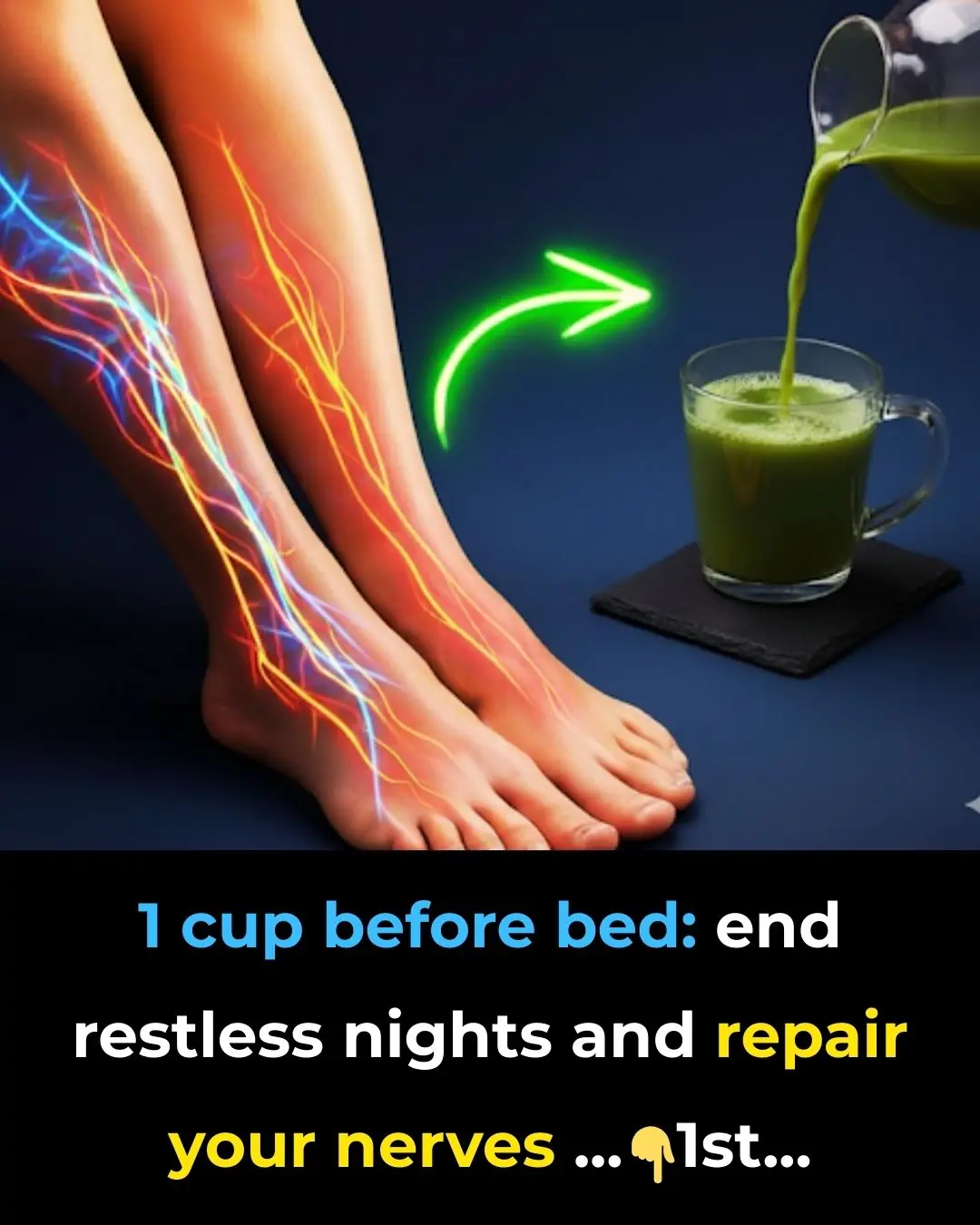
1 cup before bed: end restless nights and repair your nerves

Dogs Able to Sniff Out Parkinson’s Before Symptoms Appear

Plant-Heavy Diets’ Link to Reduced Cancer Risk Strengthened
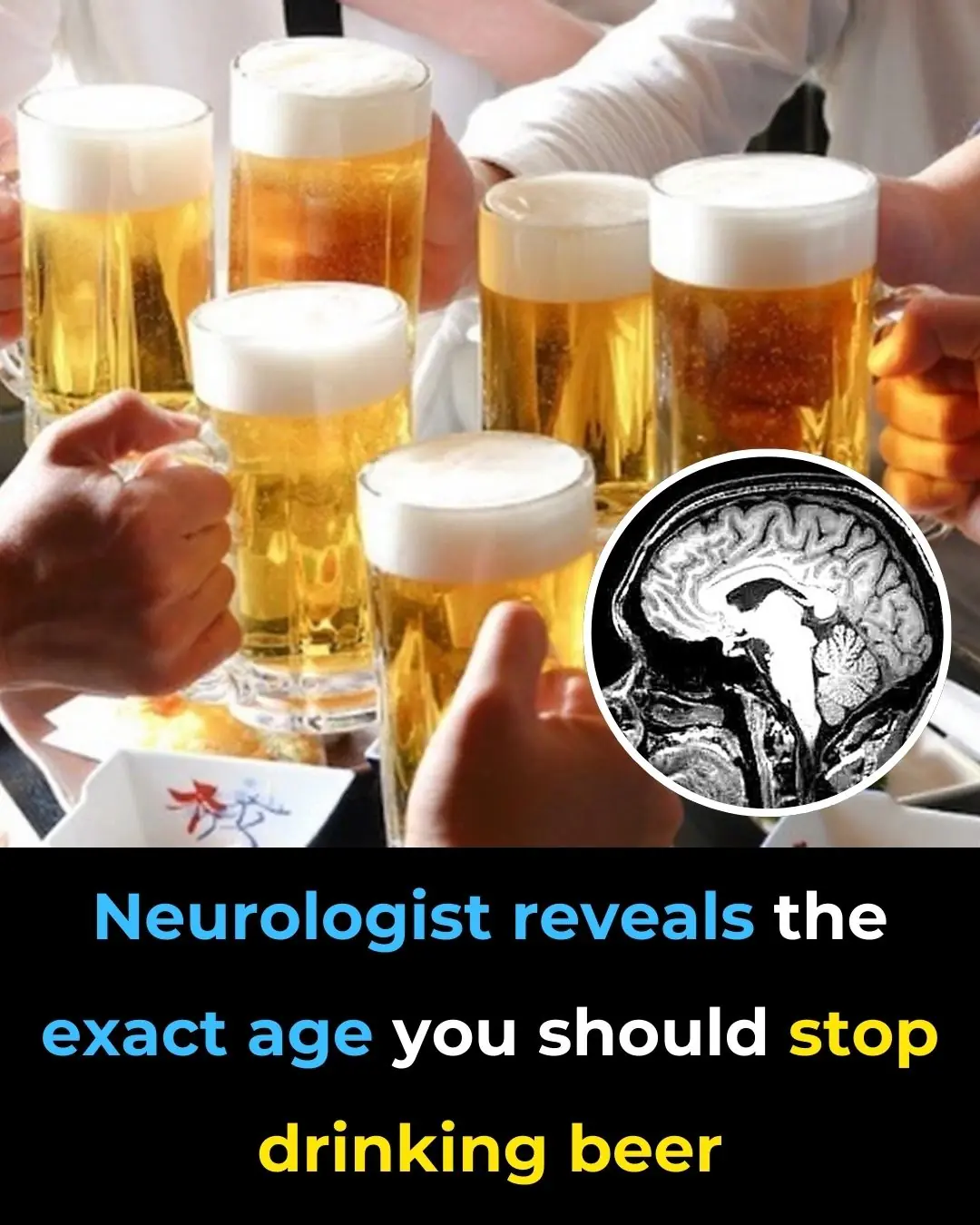
Neurologist Advises Ceasing Beer Consumption by Age 65

Sleeping Naked: 8 Surprising Benefits

Why Your Legs Cramp at Night (And How to Fix It)

How to Use Rice Water for Gorgeous Hair and Skin (Detailed Instructions)
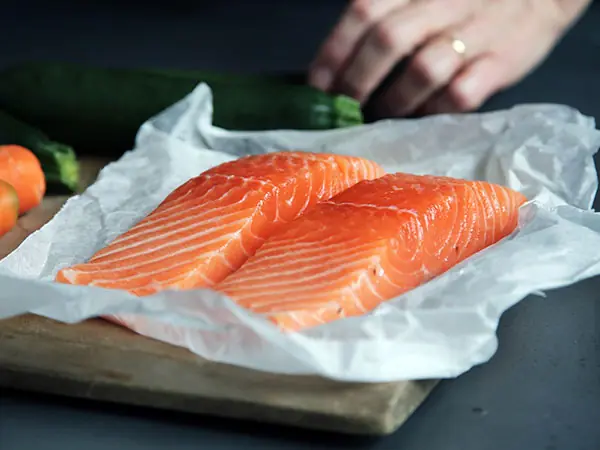
Beware: U.S. Salmon May Be Crawling with Japanese Tapeworm, Say Scientists
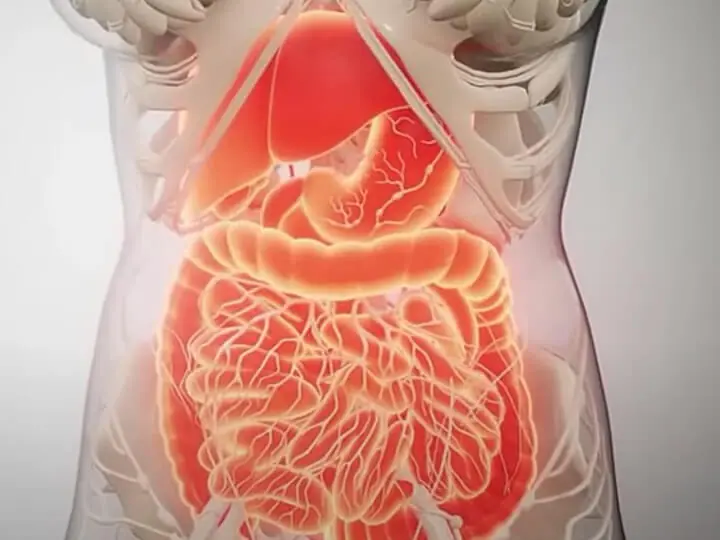
Colon Cleansing: How to Naturally Flush Your Colon at Home (Science-Based)

3 Morning Symptoms That May Signal the Onset of Canc3r

"8 abnormal signs warning of c3rvical canc3r that women need to recognize early"
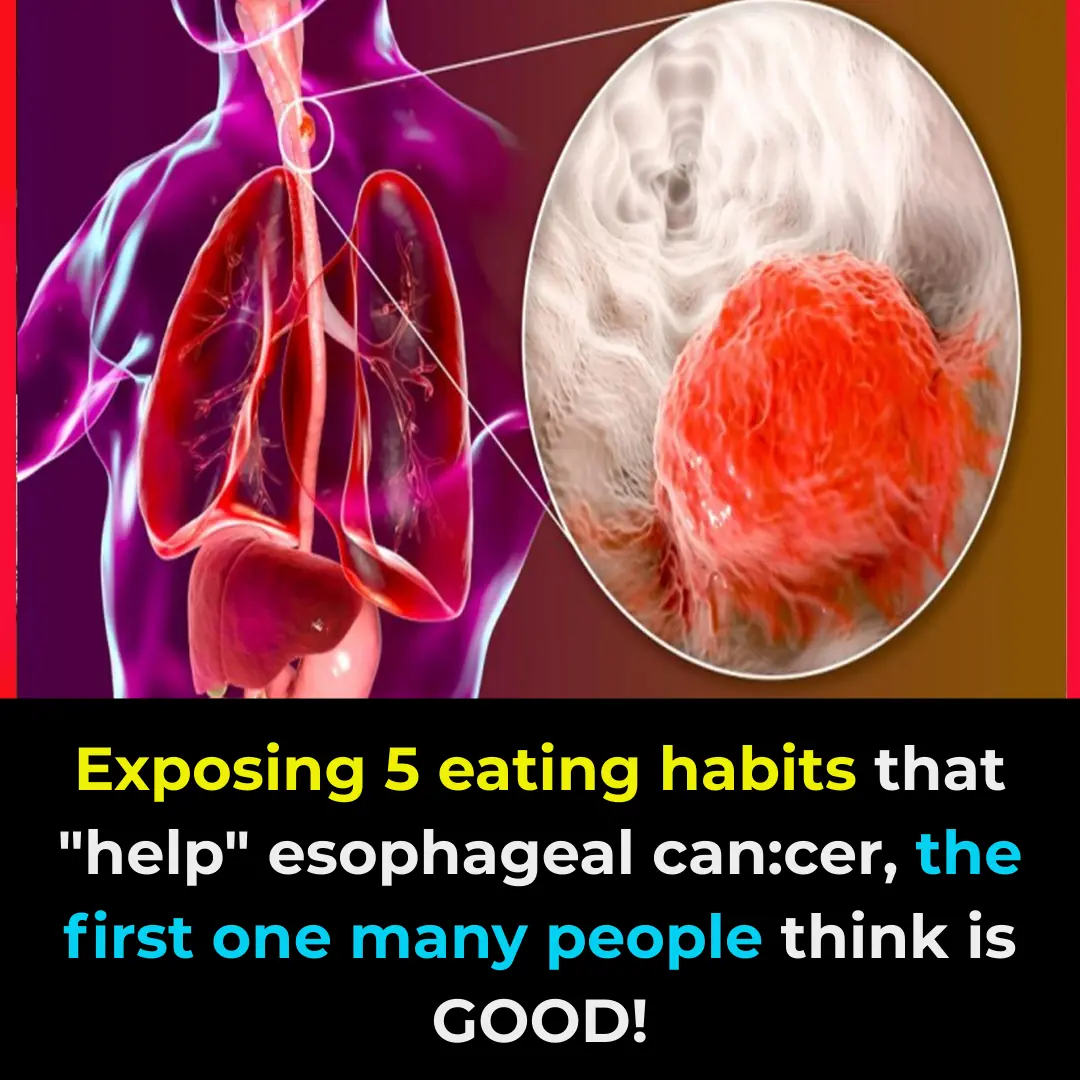
If you don’t correct these 5 harmful eating and drinking habits right away, sooner or later your esophagus will also be “ravaged” by cancer cells.
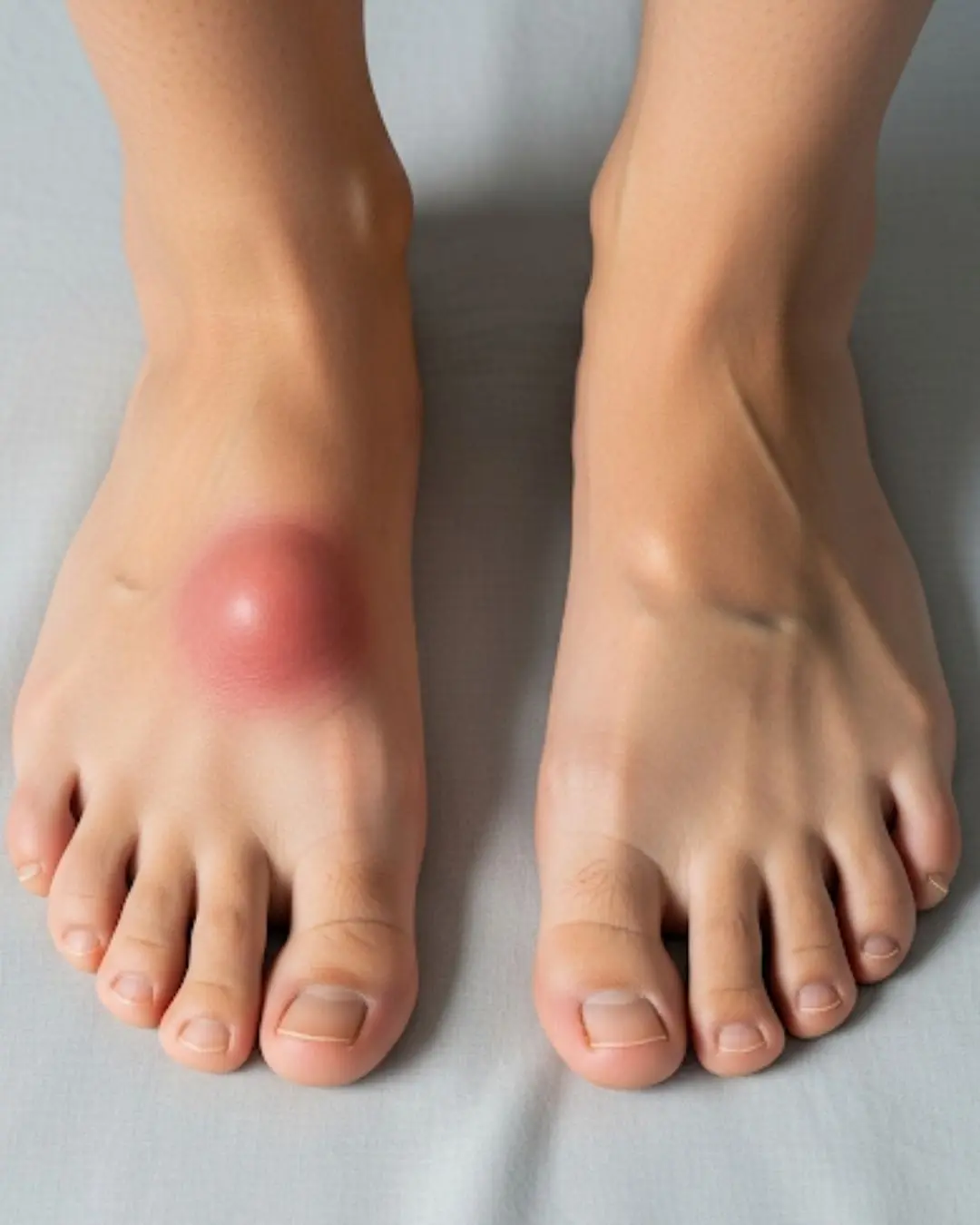
If Your Feet Swell It Is a Clear Sign

Nose Picking What This Taboo Habit Really Reveals About Us
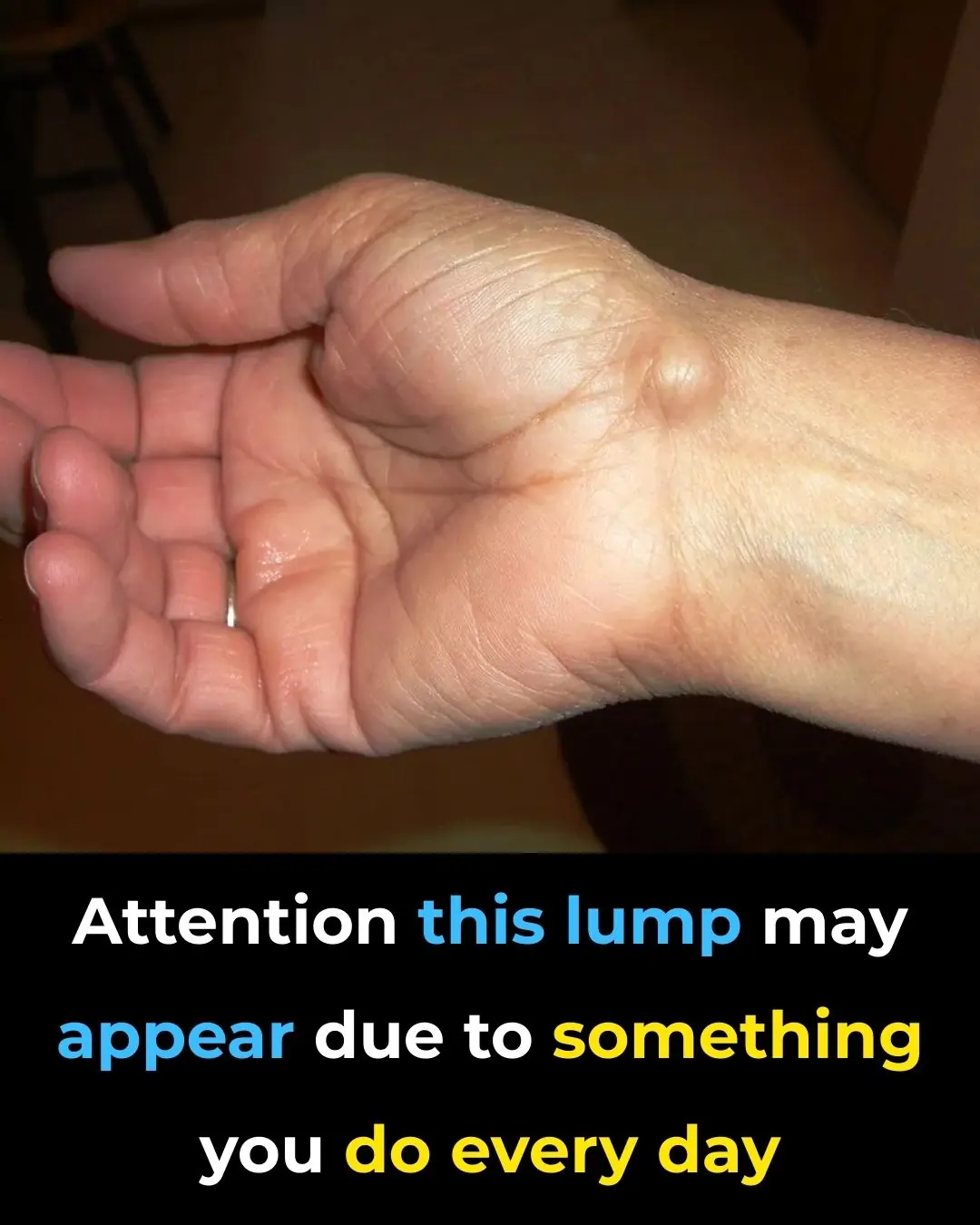
Everyday Habits That Can Cause a This Issue To Your Hands
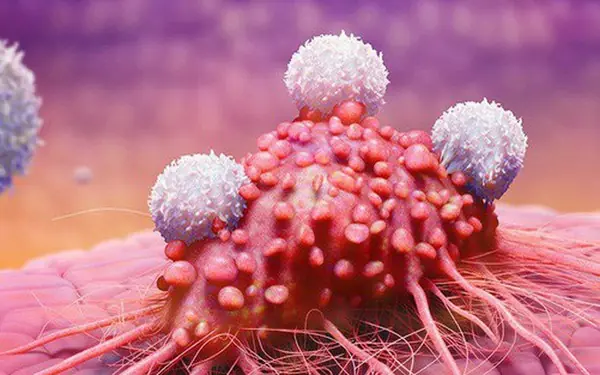
Why Liver Cancer Is Often Detected Late – Important Warning Signs You Shouldn’t Ignore
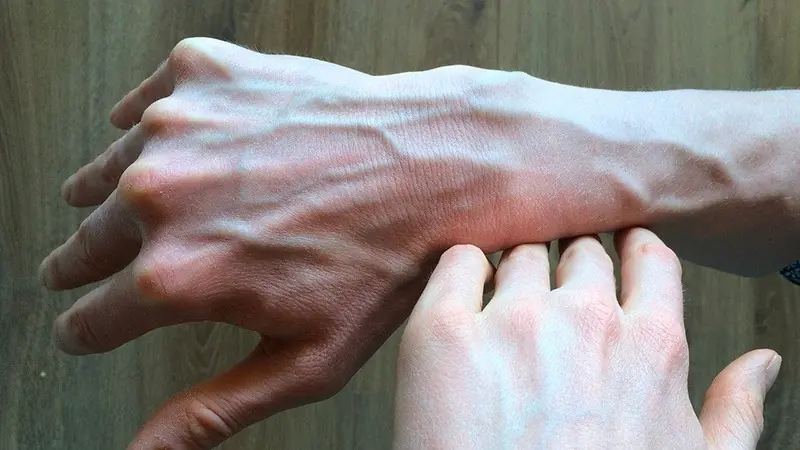
If You See Someone with Prominent Green Veins, Make Sure to Tell Them This – It Could Save Their Life

How to Safely Remove Super Glue (502) from Your Skin Without Tearing It
News Post

This Ancient Detox Juice Fights Cancer And Helps Regenerate New Healthy Cells

1 cup before bed: end restless nights and repair your nerves

Dogs Able to Sniff Out Parkinson’s Before Symptoms Appear

Plant-Heavy Diets’ Link to Reduced Cancer Risk Strengthened

More Americans applying for refugee status in Canada, data shows

Strategist Who Made Bold Prediction on When Trump’s Administration Will ‘Collapse’ Claims It’s Now Happened

Mystery of the Bermuda Triangle could finally be solved following years of conspiracy theories

Asking ChatGPT this simple question sends AI into meltdown of pure confusion

Neurologist Advises Ceasing Beer Consumption by Age 65

Sleeping Naked: 8 Surprising Benefits

Don’t Throw Away Old Newspapers: Discover 6 Incredible Hacks to Make Life More Convenient

Place a Bar of Soap in the Toilet — It Has an Amazing Effect That You’ll Wish You Had Known Sooner

Yellowed and Slimy Face Towels or Bath Towels? Don’t Throw Them Away Yet: Try This Method to Make Them Fresh, White, and Clean Like New

Mix Toothpaste with This Simple Ingredient for an Amazing Effect — You Should Try It Right Away

Pouring White Sugar into Laundry Detergent: A Simple Trick Every Household Will Love, Saving a Significant Amount Each Year

With Just White Vinegar Mixed with Soap, You Can Effortlessly Clean Every Corner of Your Home

Clogged Pipe? Quick and Simple Hacks to Solve It Without Calling a Repairman – Save Time and Money

Creative DIY Trick: How Two Old Toothbrushes Can Solve Everyday Household Challenges
